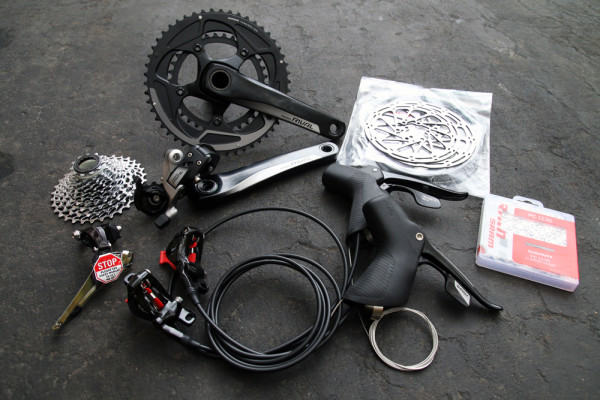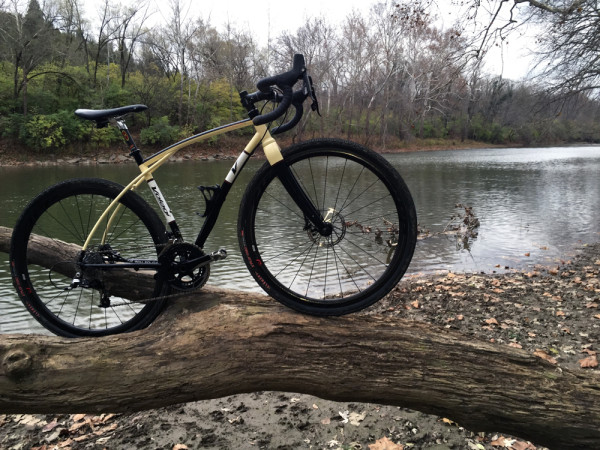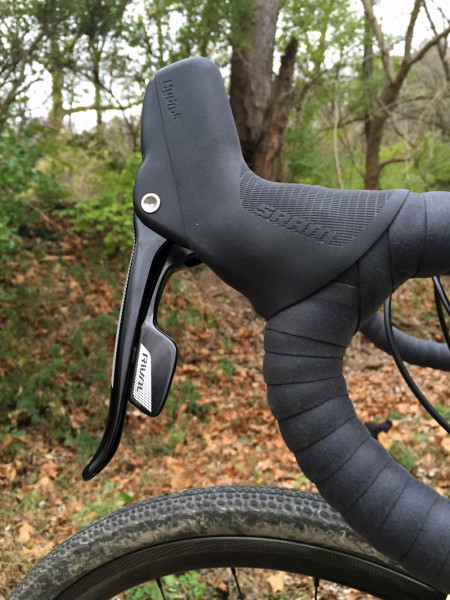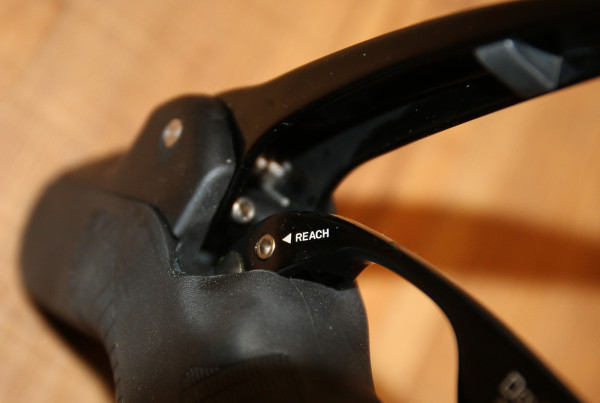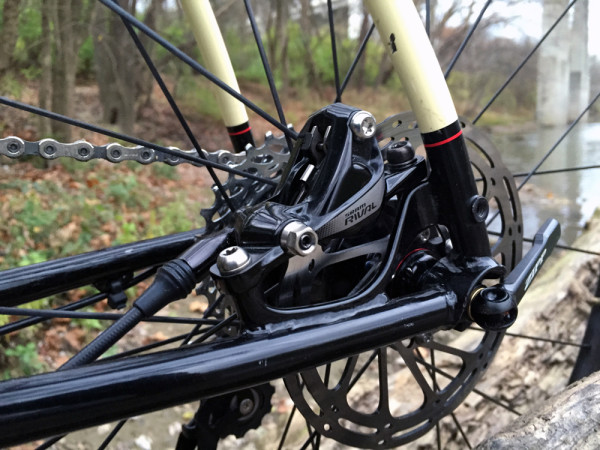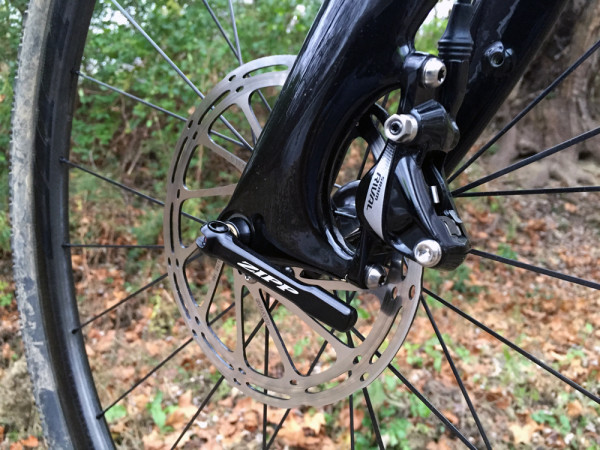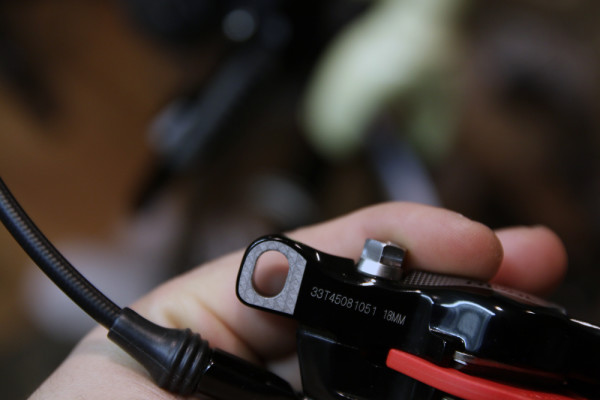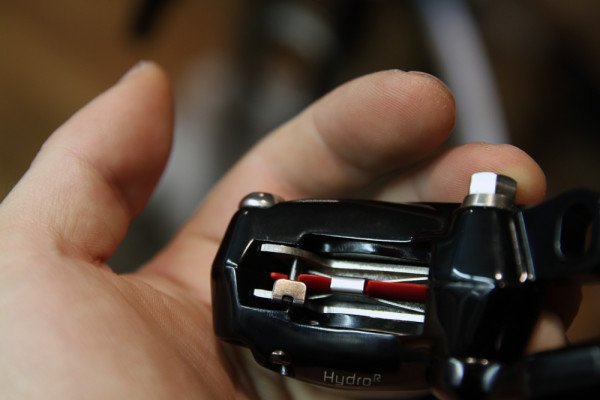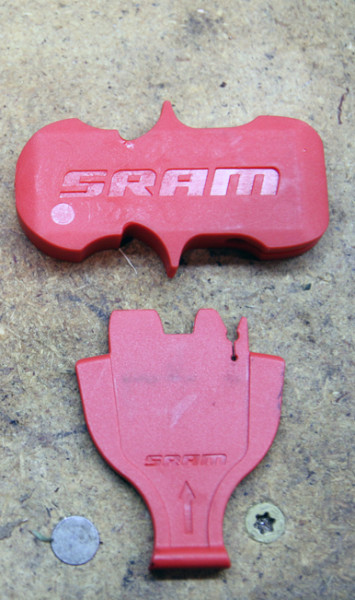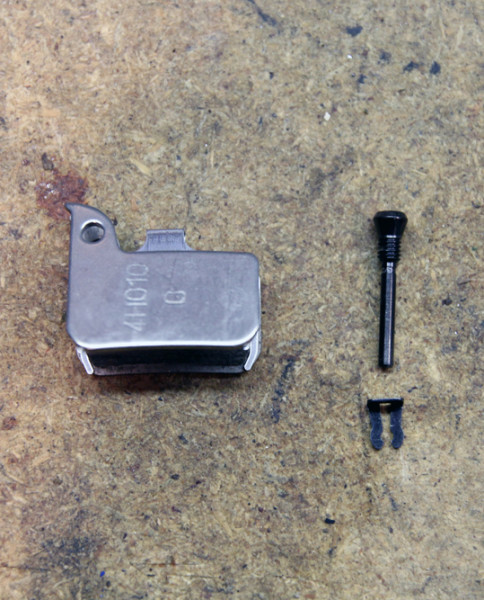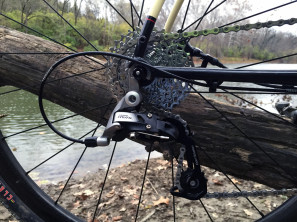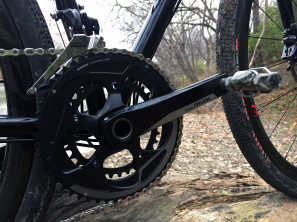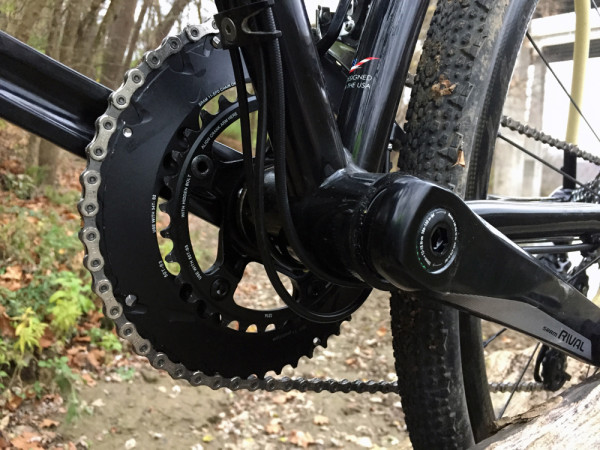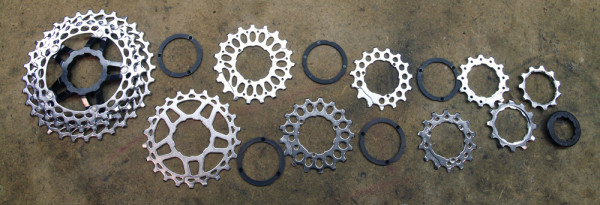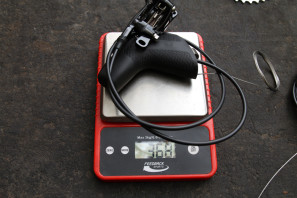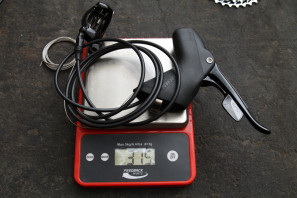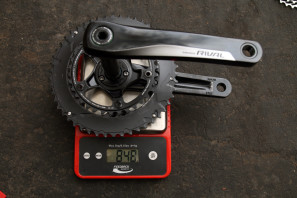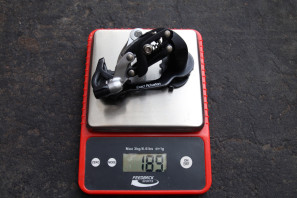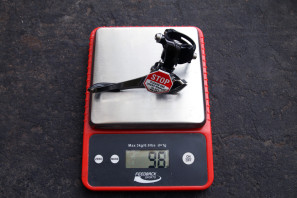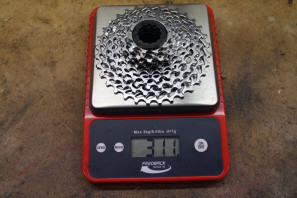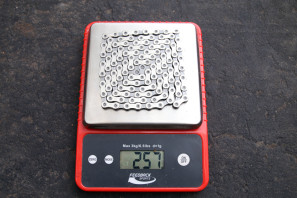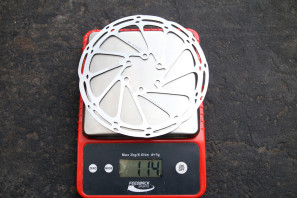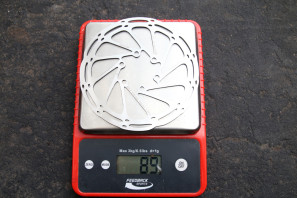This group was a long time coming. After having the wind swiftly removed from their sails after a complete and total recall of their previous road hydraulic rim and disc brake options, SRAM has come out on the other side and is ready to prove their worth. Nearly everyone involved should have their replacement parts by now, and SRAM is shipping new product to dealers.
With the rough patch behind them, SRAM has put forth an impressive looking group in both price and performance. Whether you’re looking for a group for your road, cyclocross, or gravel bike, the new Rival 22 group has you covered. Find actual weights, install notes, and initial impressions next….
When it came time to pick out a frame to adorn with the new group, my Volagi Viaje was a pretty easy choice. Thanks to the hydraulic disc and wide range gearing options, Rival 22 makes a strong case for the road or bikes that will spend the majority of time exploring dirt. Or both. The group seems to have the performance of much more pricey road groups, but with a replacement cost that’s easier to swallow when that stick takes out your rear derailleur.
The changes to the lever shape are pretty hard to detect after being off the original SRAM hydros for quite some time, but the ergonomics are pretty good. Aesthetically, they still take some getting used to thanks to the tall profile of the shifter, but they feel good in the hand. All levers still offer independent shift paddle and brake lever reach adjustment through the two silver 2.5mm screws in the picture above.
One thing that is immediately noticeable on the new levers is the decreased dead throw before the pistons start to engage. The mechanics of the brake lever feel greatly improved over the first generation. SRAM used a bigger reservoir with more brake fluid, a more flexible bladder for better pad advancement, and a lighter pad spring all for improved feel.
At the calipers, the brakes use 18mm pistons housed in a forged two piece caliper body with titanium hardware even on the Rival version. SRAM lists rotor options as 160mm for pavement and 140mm for off road, though with my weight at 150 lbs this 160/140 combo has been working out great for both.
Initial impressions point to the Centerline rotor being a huge improvement over previous designs. Unless it changes drastically, I’d venture to day the combo is one of the smoothest disc brakes I’ve used. SRAM told us at press camp that there would be 6 bolt and centerlock versions of the Centerline rotor available, but at this time they are limited to 6 bolt.
Presumably after the recall SRAM wanted to make absolutely sure the product was perfect. Small details like the impressive machining on the contact points of the caliper make us feel good and should equate to ideal caliper alignment.
Inside the top loading caliper you’ll find SRAM road specific disc brake pads with a sintered compound and beefy aluminum backing plates. They feel heavier than your average pad but like the rest of the brake caliper, pretty high quality. The pads are held in place with an allen screw, but don’t forget to remove the spring clip from the center of the caliper before you try to remove the pin. Different pads and calipers mean new pad spacers which come with the brakes, and new bleed blocks which are included with the latest version of the Pro Bleed Kit.
All of the new SRAM hydraulic road offerings use the same bleed procedure we highlighted from our trip to STU (SRAM Technical University) in Colorado Springs. The process is pretty straight forward if you’re used to bleeding Avid brakes over the years, and produces a perfect result in both brakes on the first try.
Due to the adventurous nature of the Volagi Viaje, I chose to build it up with an 11-32 cassette which requires the Wi-Fli rear derailleur, and a standard compact crankset. Of course the 22 moniker means the cassette is 11 speed so you’ll see a Yaw equipped front derailleur. Easily the best Rival group yet (duh), Exact Actuation and Zero Loss on the front and rear shifter mean you get nearly the shifting feel of Red for a much smaller price.
Cranksets are available in 165mm, 167.5mm, 170mm, 172.5mm, 175mm, and 177.5mm lengths with 52/36, 50/34, or 46/36but only in GXP or BB30 spindles. In order to use the crankset on the Viaje we had to use the GXP crank with a BB386 adapter.
At the Rival 22 level you’ll find the SRAM PG 1130 cassette which is available in 11-26, 11-28, and 11-32 spreads. Utilizing an aluminum spider for the first three cogs, the rest are all individual which probably won’t be the best for delicate freehub bodies. The plus side is that the cassette is very affordable, as is the PC 1130 chain. These wear parts, along with the rest of the group should prove to be popular budget replacement items if you tend to be a regular part breaker since all the 22 groups are inter compatible.
On the scale, the numbers are basically what Tyler reported at Press Camp, though there were a few parts like the hydraulic levers that weren’t available to be weighed at that time. A few notes on the weights – the shifters include full hydraulic hose length and the shift cable installed but resting on the ground. I ended up having to shorted both hoses quite a bit to fit my 53cm frame, so they should be plenty long for you talk folks. The crankset weighed is a 172.5 with 50/34t rings and no bottom bracket. The rear derailleur is a Wi-Fli as mentioned, and the front derailleur includes a band clamp for seat tube mounting – without the clamp the derailleur weighs 81g. The cassette is an 11-32, road cassettes will be around 262g.
We’ll report back once we have some big miles on the group, but after a handful of rides at this point, first impressions are very favorable.
